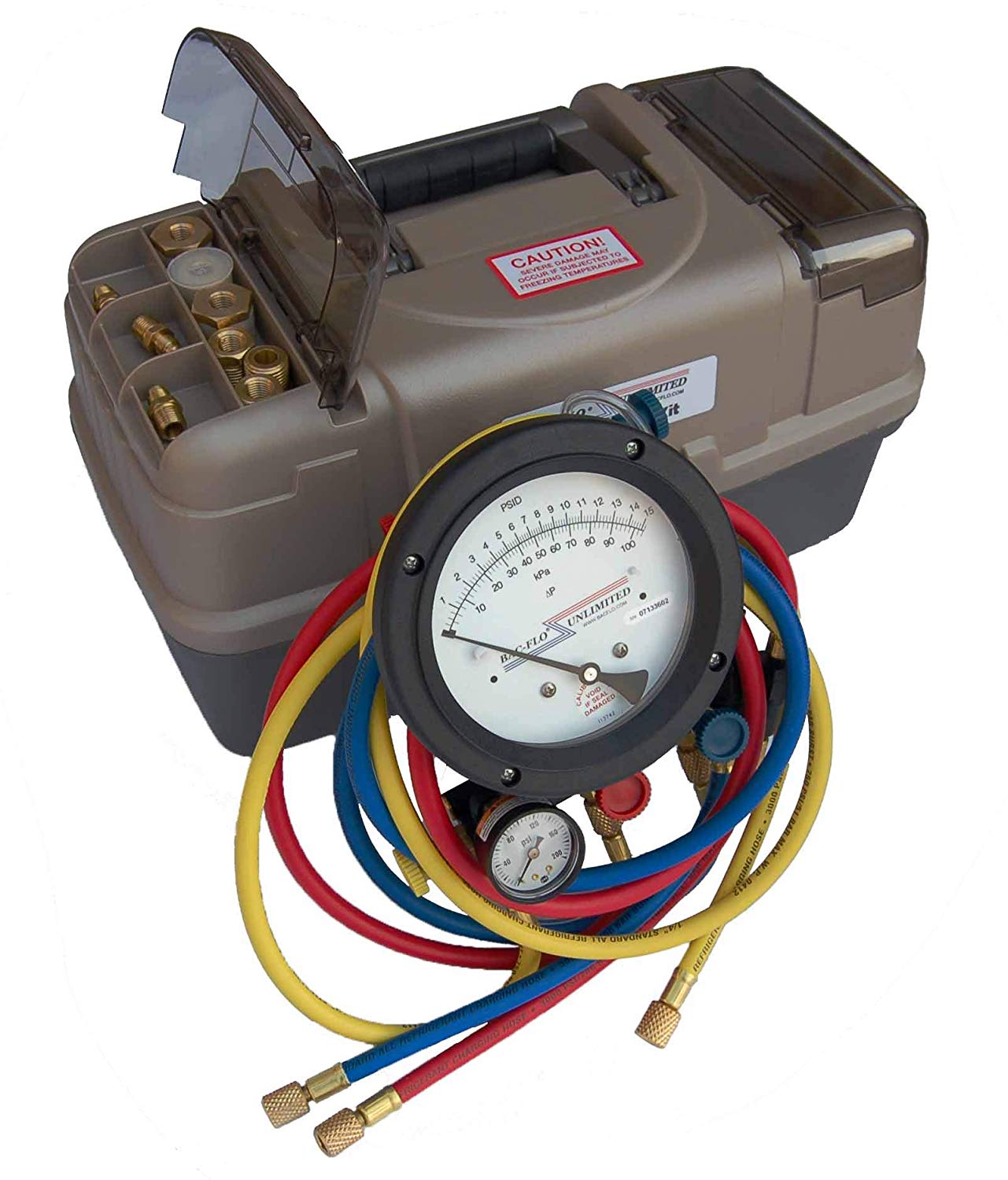In our own increasingly interconnected planet, the safety in our water supply will be a topic of which often goes unnoticed until a difficulty arises. Backflow assessment, an important yet usually overlooked practice, performs a vital role in safeguarding our drinking normal water from contamination. Any time water flows within reverse through our own plumbing systems, it can bring harmful ingredients from the atmosphere straight into our properties and businesses. Understanding the significance of backflow testing is essential with regard to property owners trying to protect their health and fitness, their property, and even their communities.
As polices surrounding water good quality and safety become more stringent, backflow testing is not necessarily just an advice but absolutely essential. A lot of areas mandate standard testing to make sure conformity and safety. Using a growing awareness of the risks presented by backflow, this is essential to know how usually you should routine tests, what the process entails, in addition to how to determine the signs that indicate an instant need for tests. This article can delve into all you need to know regarding backflow testing, highlighting its importance plus the steps a person can take to avoid the flow regarding trouble.
Understanding Backflow Tests
Backflow testing is some sort of crucial process designed to ensure that normal water flows within the planned direction inside a plumbing system. This is important since backflow can happen whenever there is a new change in pressure within the method, causing potentially toxified water from non-potable sources to mix with clean consuming water. Such toxic contamination poses significant health and fitness risks to inhabitants and customers alike, making regular backflow testing an essential practice for property owners.
During a backflow test, an accredited technician inspects and even tests backflow reduction devices, ensuring these people are functioning properly. These devices are created to prevent the change flow of water and protect drinking water supplies by contaminants. By doing routine tests, real estate owners can confirm that their devices remain compliant along with local regulations and they are equipped to deal with any potential backflow events that might occur.
Failing a backflow test may result in significant consequences, including fees, mandated repairs, and even disruptions in order to water service. As a result, understanding the importance of backflow tests not only shields public health nevertheless also safeguards property investments. Regular tests helps mitigate typically the risks associated using backflow, ensuring a new safe and trustworthy water supply for everyone.

Importance of Regular Testing
Regular backflow testing is essential for maintaining the integrity of your water supply. With time, backflow prevention equipment can wear out or become ineffective as a result of various points for instance sediment buildup or mechanical failure. By scheduling annual tests, you make sure that the product are performing correctly, preventing contaminated water from entering your potable water system. This not really only safeguards your health but also protects your house from possible damage caused simply by backflow incidents.
Along with well being and safety issues, regular testing allows you stay up to date with local laws and regulations. Several jurisdictions require backflow testing to become performed at certain intervals. Failing in https://backflowinspector.ca to comply with these kinds of regulations can outcome in penalties or fines, and may guide to disruptions within your water service. By prioritizing regular tests, you ensure that you meet legitimate requirements while displaying responsibility as a house owner or manager.
Lastly, typical backflow testing will save you money in typically the long run. Determining issues early stops costly repairs and even extensive damage that could occur from unknown backflow incidents. By investing in routine testing, you protect not just your home but likewise help maintain the general safety and top quality of the community's hydrant. This active way of maintenance is definitely crucial for each residential and commercial properties alike.
Backflow Avoidance Best Practices
Implementing efficient backflow prevention procedures is crucial with regard to safeguarding your water supply. Main ways is to set up backflow prevention devices suitable for your specific needs, whether or not it be regarding residential, commercial, or even industrial properties. Frequently review and revise your devices seeing that technology and requirements evolve. Keep your products meet local regulations and regulations to be able to avoid any conformity issues that could jeopardize water safety.
One more essential practice is usually to schedule annual backflow testing using a certified professional. This testing ensures that the devices usually are functioning properly and that any potential problems are identified early. Be proactive to maintain records of these kinds of tests, as that they are often required by law and can serve as substantiation of compliance in the course of inspections. Additionally, advise your tenants or perhaps employees about typically the significance of backflow prevention and encourage all of them to report virtually any unusual water concerns immediately.
Finally, routine maintenance of your backflow elimination devices is key element to avoiding costly repairs and contaminants risks. Flush the particular devices regularly in addition to look for any indications of wear or even damage. Keep yourself well-informed and your staff on the common causes of backflow, so you can mitigate risks before they turn. By prioritizing these kinds of best practices, you not only protect your property but additionally contribute to typically the overall safety regarding the community's hydrant.
